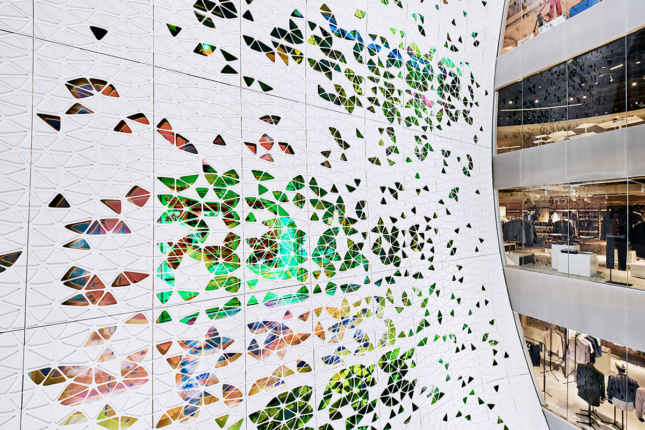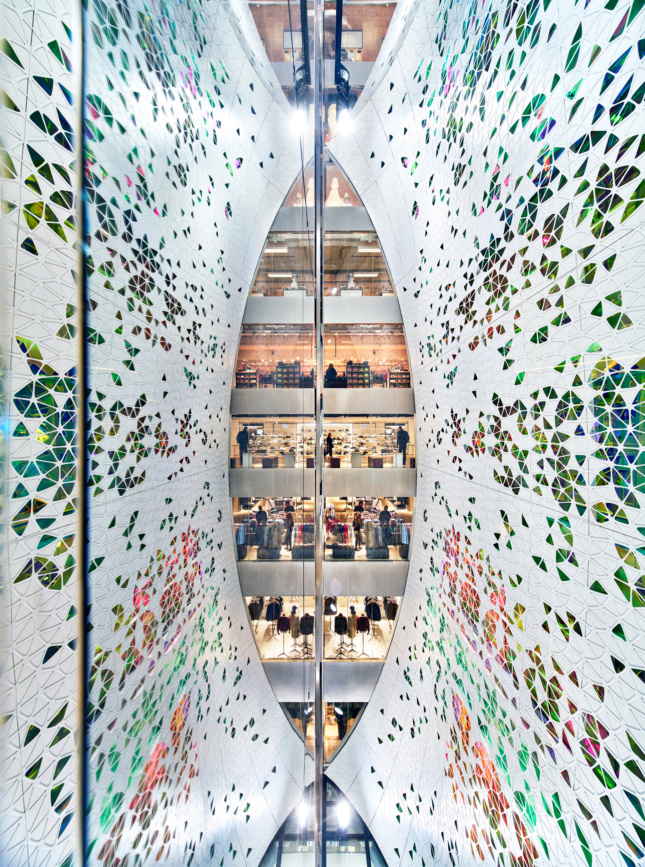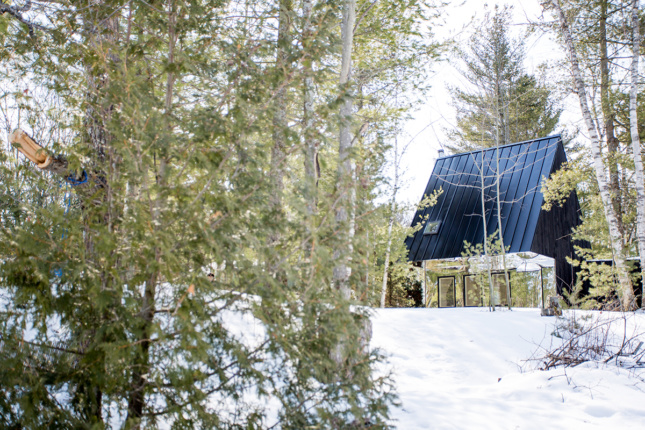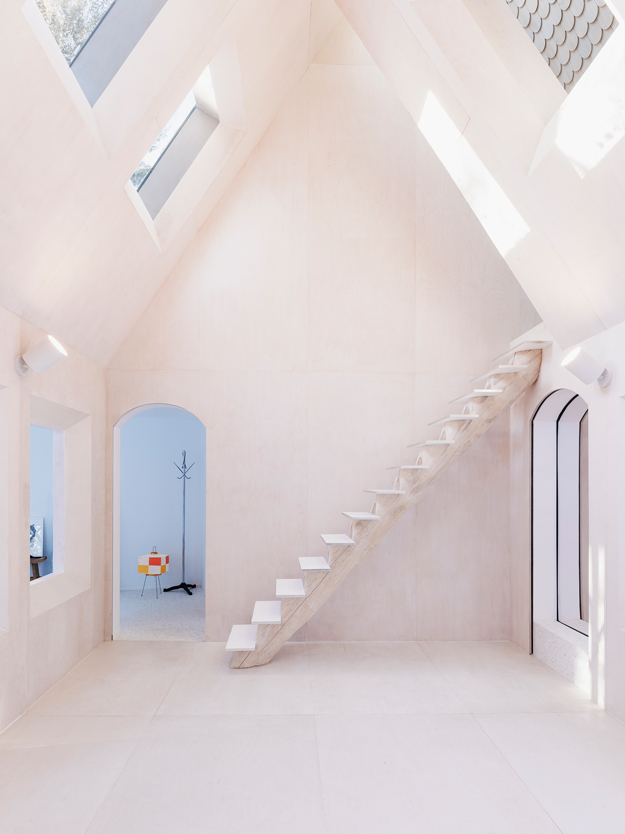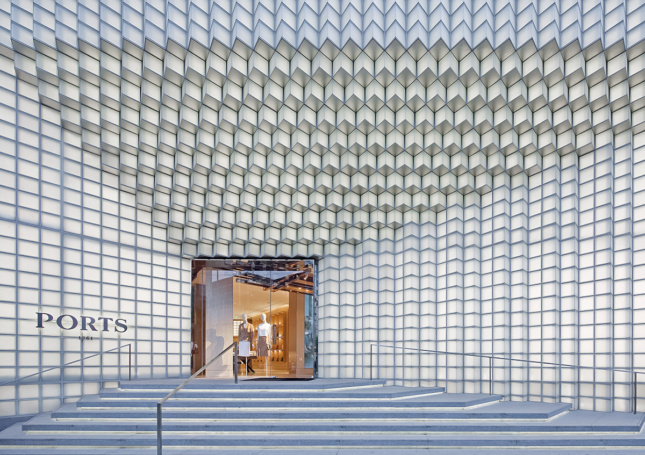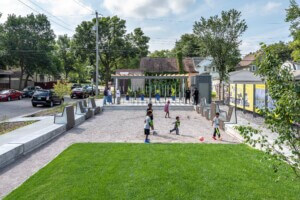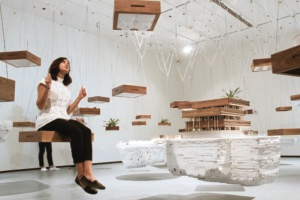Every year the Architectural League of New York recognizes eight dynamic young firms as Emerging Voices that have the potential to become leaders in the field. Historic winners like Morphosis (1983) and Toshiko Mori (1992) have become today’s lions, and practices like Johnston Marklee (2007) and Tatiana Bilbao (2010) have jumped to new heights after recent wins.
This year’s crop was selected in a two-stage portfolio competition where a jury of architects selected the winners. The deciding jury included several previous winners like Dominic Leong (2017), Fernanda Canales (2018), and Marlon Blackwell (1998), giving the process a familial feel. Laureates for 2019 come from across North America and almost all are partnerships or collaboratives—capital letters feature prominently, too.
UUfie will lecture at the Scholastic Auditorium at 130 Mercer Street, New York, New York, at 7:00 p.m. on March 21, as part of the Emerging Voices lecture series.
Despite being just ten years old, UUfie has snagged commissions in high-profile locations around the world that any practice would envy. Few firms of a comparable size have worked in three continents, and UUfie’s founders are aware of the benefits of having worked around the world; they credit their global experience with bringing “more cultural awareness and diversity in thinking” to their practice.
The firm was founded in 2009 by Irene Gardpoit and Eiri Ota in Tokyo, where the two met while Ota was working at Jun Aoki & Associates and Gardpoit at Arata Isozaki & Associates. Their firm’s first project was a residential commission from a local family in Tokyo—where Paris-born Ota grew up—and there the practice grew for a few years before moving to Toronto in 2013. Gardpoit is a native of the Canadian city and said that the move was a fresh opportunity for the firm.
“In Canada, there is a growth in supporting Canadian talent and potential for establishing a vibrant design scene that is broadening its perspective. In Japan, this scene is highly established and appears to lean now toward a retrospective view,” Gardpoit said. “Canada is a culturally diverse country in comparison to Japan. This diversity brings on its challenges, but it is also unique in that it does not necessarily have its own established identity. It allows us to experiment.”
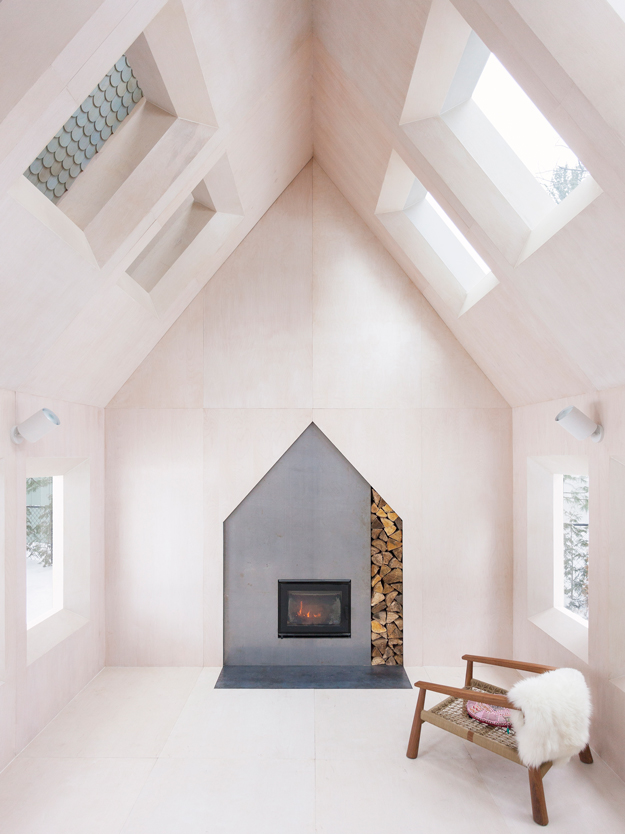
UUfie frequently experiments with architecture’s relationship to nature, a theme that could lend itself to cliché in other hands—UUfie keeps it fresh by staying stylistically flexible and thinking broadly. For the landmark Parisian department store Printemps Haussmann, UUfie was tasked with creating a new vertical circulation space in the retailer’s historic home. The practice took its cue from the building’s Art Nouveau stained glass depictions of plants and flowers, reinterpreting the decorations’ supple arcs and florid colors for the 21st century with a triangulated screen that hovers over a seven-story wall of kaleidoscopic dichroic glass running alongside the building’s escalators. “Colorfulness was the essential part,” Ota said. “It creates interaction as people go up and down the escalator.”
Lake Cottage, a small home in the woods for a large family, has a more direct relationship with nature—it would be hard for it not to, given that it’s in the middle of a Canadian forest. Although the cottage adopts some conventional cabin tropes, like wood siding and an A-frame structure, it cleverly plays with these norms, twisting the retreat into a sleek fun house. It’s a bit difficult to grasp with words—a product of UUfie’s spaces’ subtle complexity—but essentially, the living room is nested inside the building’s frame like a Russian doll, with windows in the main space punched out to those surrounding it so that people in an above loft can peek in on those below. That same loft is lined with abstracted exterior shingles so that the living room “skylights” seem to be looking up at another building’s roof. It’s a funny mind trick that testifies to the firm’s ability to surprise with an economy of means, regardless of locale.






